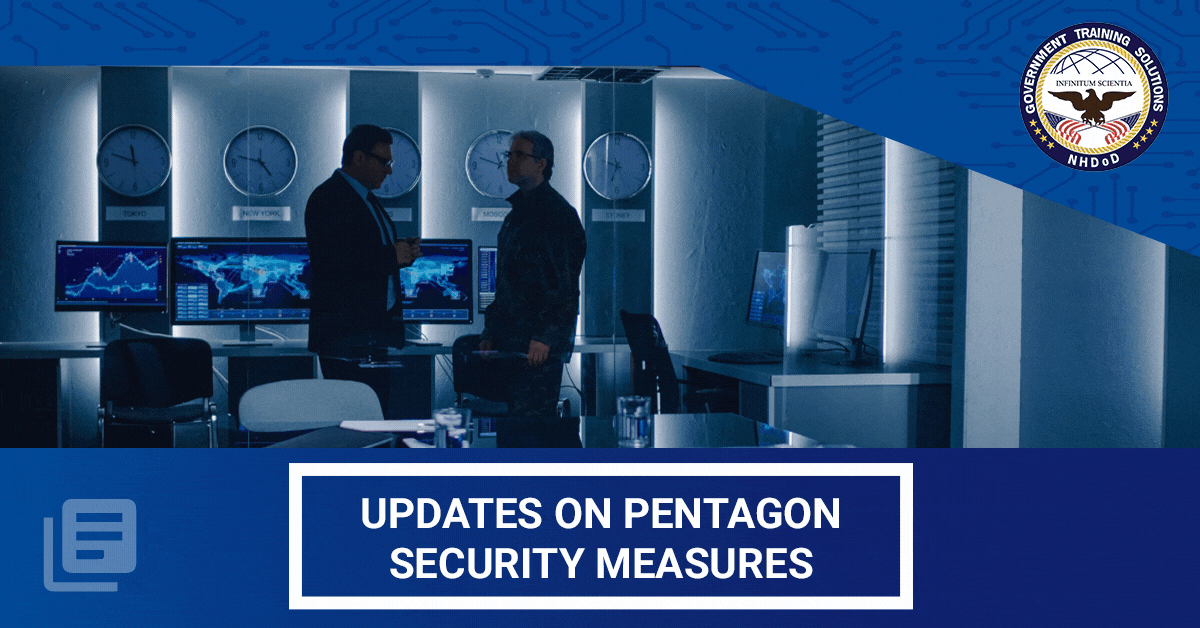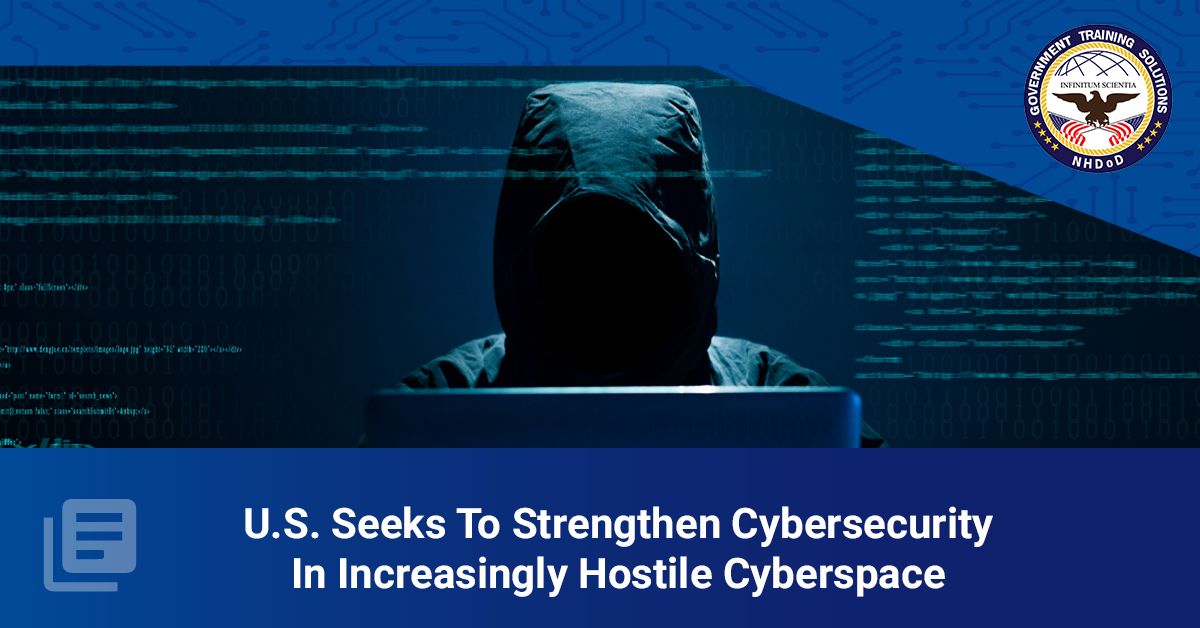IT managers are tasked with securing their company’s sensitive information and data and the way an organization handles a cybersecurity threat can affect all departments and stakeholders, as well as impact a company’s image which is why it's integral to know how to develop a cybersecurity program. Maybe your company’s current cybersecurity plan needs improvement or maybe your organization is completely new to the concept of cybersecurity. Cybercrime is a threat all companies should prepare for, regardless of their size or industry.





